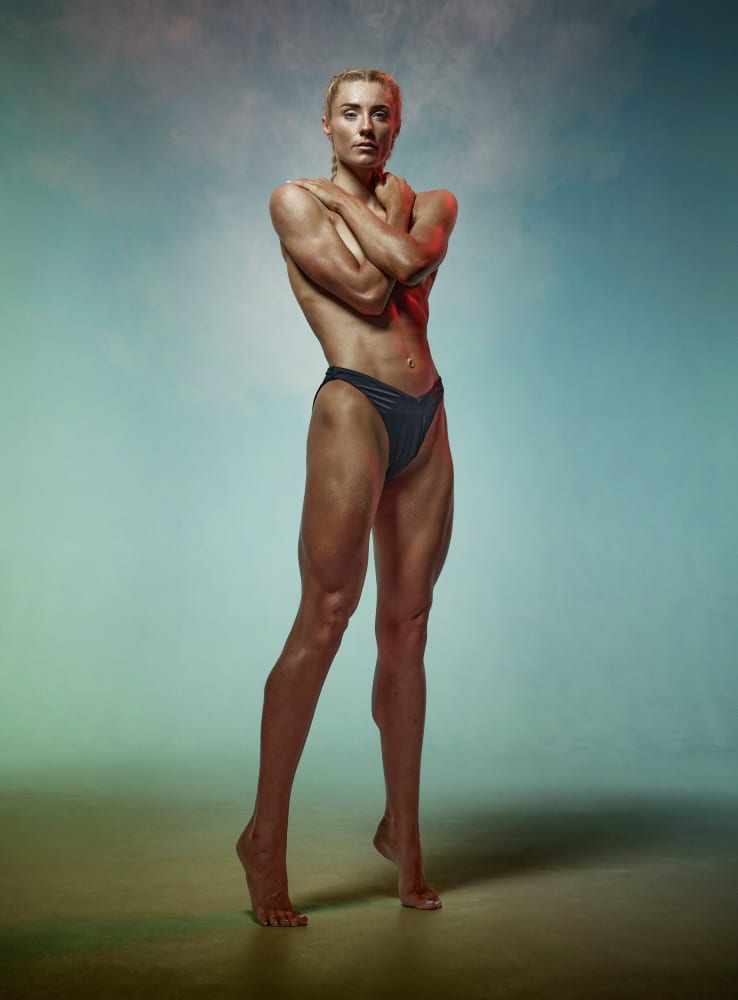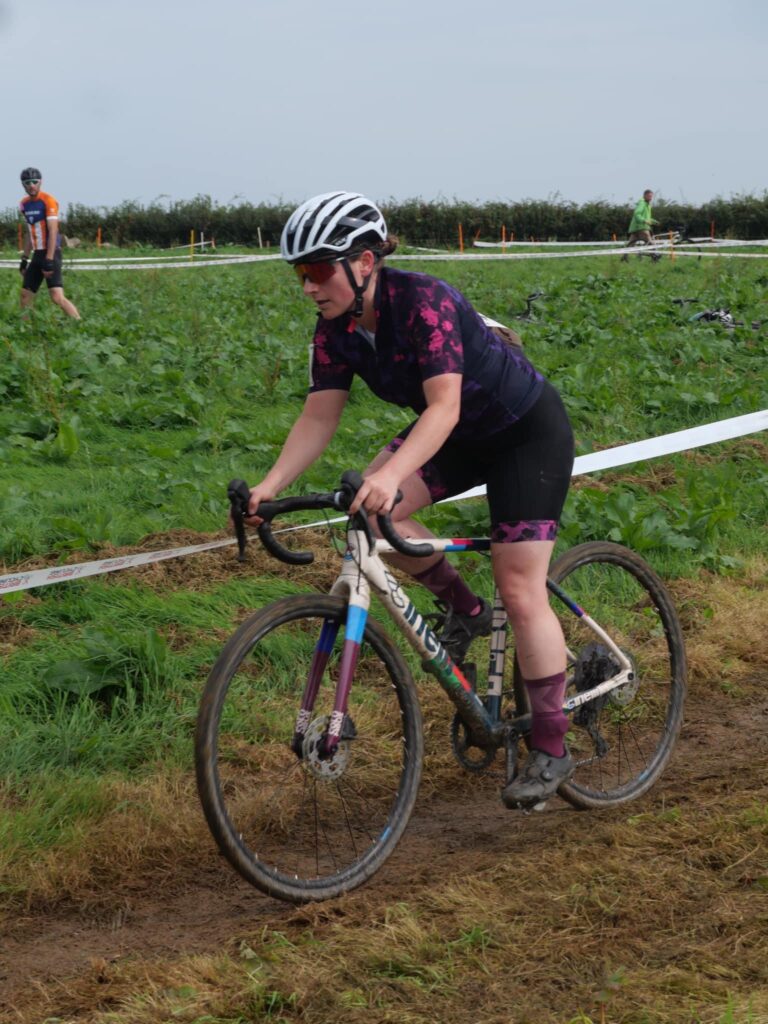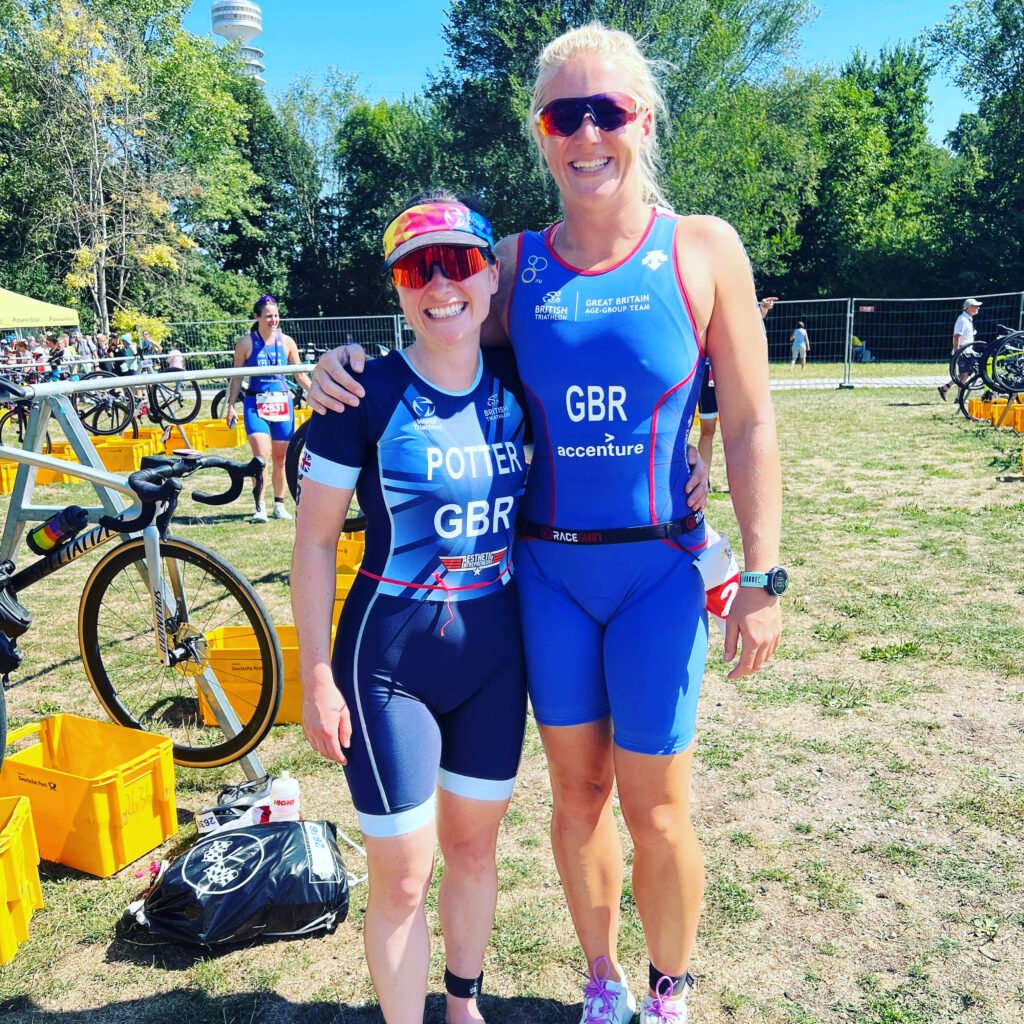We’ve all been there; looking around left and right, wondering whether losing some of that body fat might just help us to go a little bit quicker, to beat our competition, to finally nail that PB we’re chasing.
But with all the conflicting advice out there about most athletes not eating enough, combined with the knowledge that for professionals, less is more when it comes to body fat, how do we decide when to focus on body composition and when to leave it alone?
Healthy Body Fat Percentages: Amateur vs. Professional Athletes
Understanding what constitutes a healthy body fat percentage is essential. For the average person, a healthy body fat range is typically:
- Men: 18-24%
- Women: 25-31%
These ranges can slightly vary based on age and individual differences. However, professional triathletes often have much lower body fat percentages, sometimes as low as:
- Men: 5-12%
- Women: 12-20%
While these lower percentages might be advantageous for performance, they are often unsustainable and can be unhealthy for the average amateur athlete.

The Risks of Extremely Low Body Fat
For professional athletes, maintaining such low body fat levels is part of their job, and they have access to a team of nutritionists, coaches, and medical professionals. However, for amateur athletes who balance training with work and other life responsibilities, striving for such low levels can lead to:
- Nutritional Deficiencies: Extremely low body fat can result in inadequate nutrient intake.
- Increased Injury Risk: Essential fat is crucial for bodily functions, and too little can lead to increased injury risk.
- Hormonal Imbalances: Particularly in women, very low body fat can disrupt menstrual cycles and impact bone health.
A Different Approach for Amateur Athletes

As amateur athletes, the conversation around body fat and weight loss should be different: You’re not a professional. You don’t have full days of recovery between sessions, you don’t have someone to cook or prescribe your meals for you. You don’t have access to daily physio and massage. You can’t live in a bubble to avoid illness. You have a job, a family a social life and this is supposed to be your passion, your hobby! THIS IS NOT YOUR LIVELIHOOD.
And taking all that into account, the approach has to be different. It has to be one that’s designed to sustain “life” not just sport. It has to be one that you can just plug into, day after day. It has to be one that feeds into a positive relationship with food and training, not one that exacerbates the mindset of training as punishment for calorie consumption. And most of all, we have to approach or bodies not just as a tool of our trade, but as something that has to keep us moving for many decades to come.
That said, there will be a time and a place for body fat loss in amateur athletes. When you’ve had the conversation with an appropriately qualified coach, nutritionist or dietician about what your aims and goals are and whether weight loss is right for you, it’s time to engage in a strategy that works for an age grouper.
Balancing Weight and Body Fat Fluctuations: Professional Athletes vs. Amateur Athletes
Professional athletes often undergo rigorous training regimes and follow meticulously planned nutrition programs to balance weight and body fat fluctuations. Their approach is fine-tuned to meet specific training demands while maintaining optimal health and performance levels. This balance is achieved through close monitoring by a team of nutritionists, coaches, and health professionals who tailor diets and training to ensure athletes are at their peak for key competitions, yet remain healthy. This high level of management is not typically feasible for amateur athletes who may not have the same resources or time. Consequently, amateurs should focus on more sustainable and less intensive approaches. Their goal should not be to mimic the extreme levels of professional athletes but to find a healthy balance that accommodates their lifestyle, work commitments, and personal health needs.
How to do lose weight well as an age group athlete:

- Set Realistic Goals: Understand your body’s limits and set achievable body fat and weight loss targets that don’t compromise your health or enjoyment of the sport. Don’t trust My Fitness Pal with this one! Focus on things like total daily energy expenditure or TDEE as a starting point and don’t set outrageous weight goals – you’ll only be disappointed. Aim for performance and happiness, not an aesthetic.
- Focus on Nutrient-Dense Foods: Incorporate a variety of whole foods rich in essential nutrients to support your training needs without excessive calorie restriction. Make sure you’re not cutting out food groups – stick to as many varieties of plants as you can, proteins, healthy fats and complex carbohydrates in meals and snacks and leave the simple carbs to fuel training.
- Monitor Your Energy Levels: Ensure that your diet provides enough energy for both your training and daily activities. If you’re constantly feeling tired or weak, it might be a sign to reassess your food intake and focus not on dropping weight as fast as you can, but looking after yourself.
- Stay Hydrated: Adequate hydration is vital for performance and health, and sometimes thirst is mistaken for hunger.
- Practice Mindful Eating: Pay attention to your hunger and fullness cues. Eating mindfully helps in maintaining a healthy relationship with food and prevents overeating and binge/starve cycles.
- Avoid Drastic Diet Changes: Sudden, extreme changes in eating habits can lead to disordered eating patterns. Aim for gradual changes that you can sustain over time and note that you don’t have to feel hungry all the time when you’re losing body fat!
- Enjoy Your Meals: Food is not just fuel; it’s also a source of pleasure. Allow yourself to enjoy your meals without guilt and don’t focus on what you need to take OUT of your diet, but instead, all the nourishment you need to put IN.
- Seek Professional Guidance: All of this is great, but the best way to check on your body composition goals while maintaining your performance, energy level and overall health, is to hook up with an appropriately qualified coach, nutritionist or dietician who can help you figure this all out. It doesn’t have to be complicated, but accountability and focus are key.
If you’re either confident with your body composition, unsure if you want to make a change, or you’re on a fat loss pathway in time for race season, give me a shout for some no BS, helpful, down-to-earth and tailored-for-you advice. No regimental diets, just experience and wisdom based on science and experience both with clients and my own journey. You can book in for a free, no obligation intro call here.

